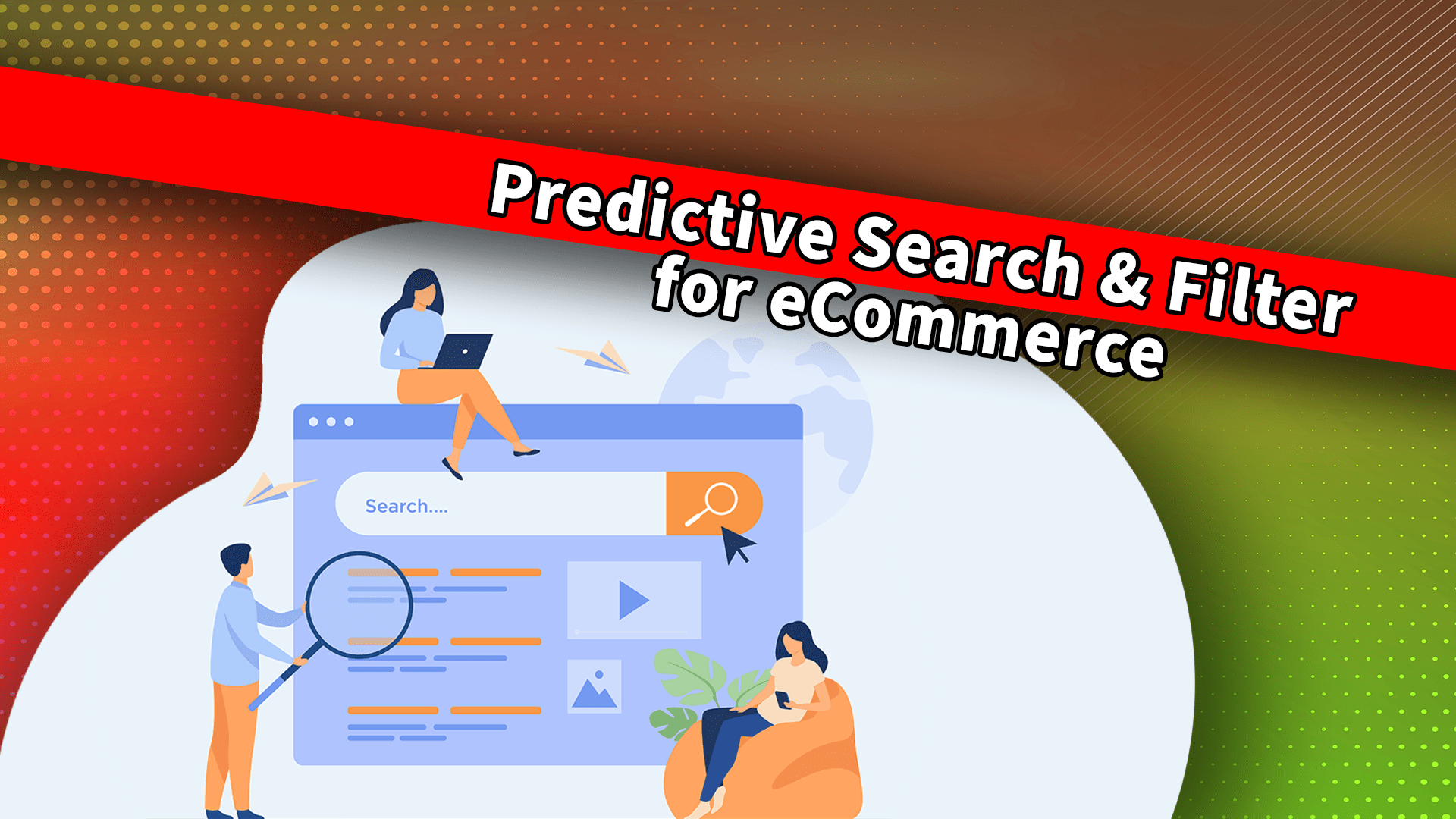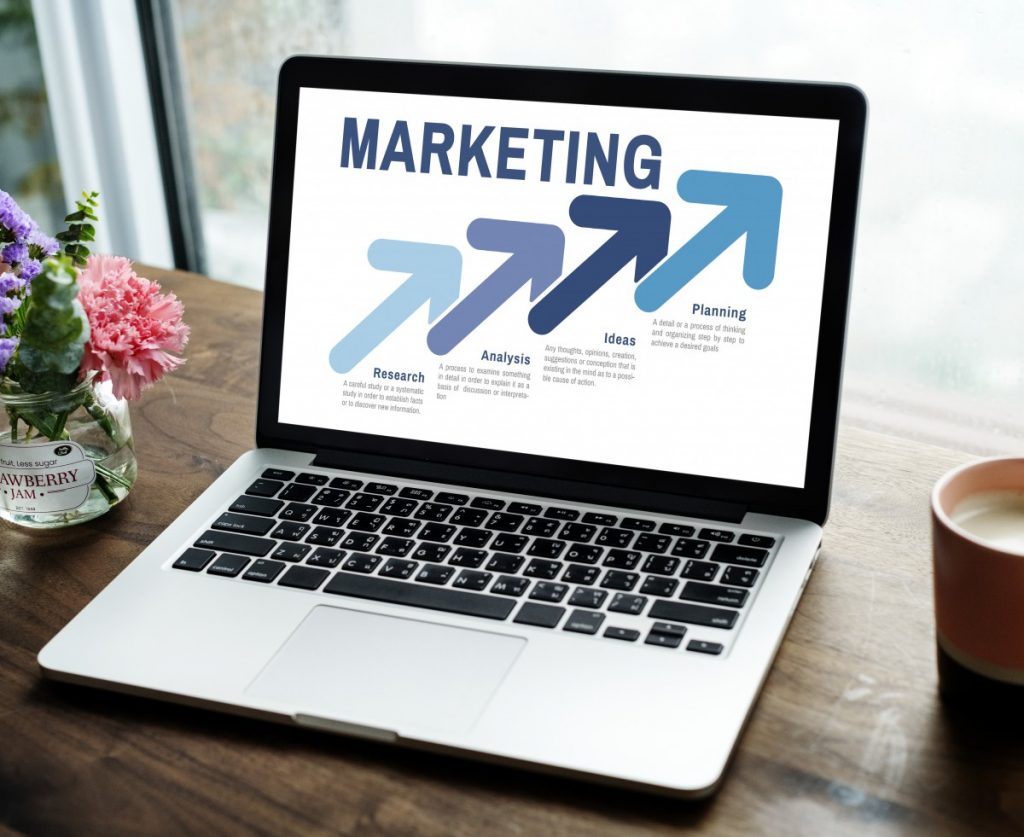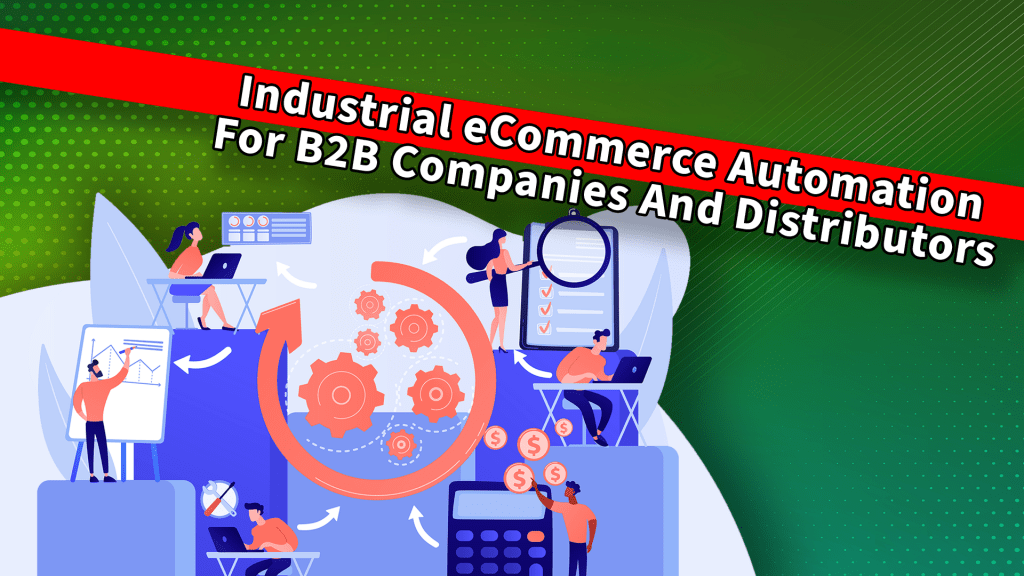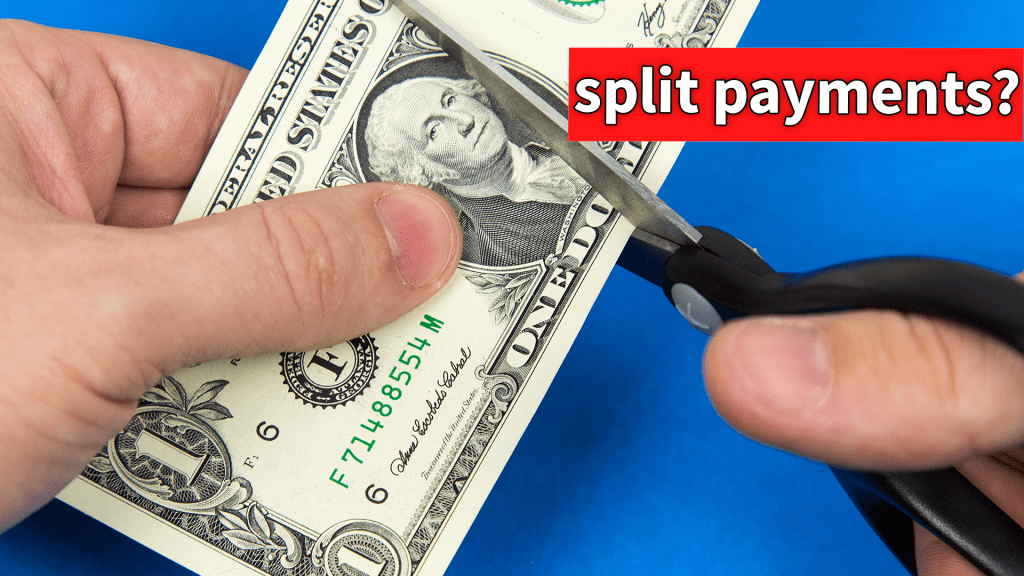eCommerce Predictive search is fun regarding implementation, metrics, and results. Amazon uses this functionality. The website makes product suggestions based on your search. What you filter on the left-hand navigation determines recommendations, tied together and tailored to you. Amazon does this with a detailed algorithm for personalization.
There are different ways to implement advanced search and filter. Optimum7 usually uses Algolia for this technology. The team has a database to track this prediction as well.
Predictions For eCommerce Websites
How can you use this prediction?
You can use this based on your old sales data or engagement. The team separates the predictions into three groups: awareness, employment, and conversion. Predictive analysis is different for every single stage.
Why don’t 99% of eCommerce stores already have this functionality?
The owners think they can’t afford it, or they have no idea that it exists. They should get excited about the functionality, process, or outcome. This functionality provides a huge jump in conversion rates.
How A Search And Filter Functionality Helps Different Marketing Initiatives
The search and filter functionality is probably one of the best options for your bottom line. With users who frequently purchase from a client, their return rate and conversion rate have skyrocketed when they return to place another order. A search and filter functionality also retargets users based on what they’re searching for on your site.
There are many different applications for this functionality. Number one is just the benefit of improving your conversion rates.
With ActiveCampaign and AutopilotHQ, there are ways to score contacts or opt-ins. If someone came to a website three times, that’s three points. Visiting a contact form is two points, while submitting one is ten. Gauge your users for B2B on an engagement basis.
eCommerce sites don’t do this. There’s probably a nurture tool that does this, but they don’t use scoring.
Tools To Gauge The User Experience
Many people don’t understand that you could be using any marketing tool: HubSpot, Marketo, Klaviyo, or new ones. Then you can merge the device with the Algolia technology. Look at the engagement and push through the API, the scores on a per-customer basis to these platforms. And it does wonders.
Suppose a customer goes to your site, looks at a product, and searches for a specific category three days in a row. They will buy but haven’t placed their order; they’re still in the research phase.
Consider if you send a dynamic email only pushing that category and saying, “We know what you’re looking for and can provide it.” The email performs miracles for conversions, as you stated.
Case Study: Bartending
When you’re a bartender, you go to your bar to mix drinks and make conversation. There’s a customer that comes. You want to give them what they’re looking for, that first drink as fast as possible.
If and when they’re done with that drink, you want to give them the next glass as fast as possible. In two hours, the more drinks that they purchase, the more money you make on tips. The same applies to B2B functionalities.
Merging Predictive Search Features With Other Functionalities
How can you merge predictive search with other functionalities that further increase your average order volume, lifetime value, and reorder rates?
The algorithm will identify what these users are searching for and have this data on a per-user level. You can also take this data from a site-wide perspective.
Consider Amazon’s functionality. On a product page, underneath, it shows you what consumers also purchased and allows you to add to the cart and bundle everything else quickly. That suggestion comes from user data they have collected. 25% of other users in the store also purchased these two products simultaneously with the product you’re reviewing.
Therefore, increasing the probability of joining that group, that pool, and increasing your average order value. You can find a couple that with an upsell on product page upsell functionality. But not just upselling your standard, this product is also in this category. You must showcase it.
Consider if other users who purchase that specific product have also purchased Item X. Take Item X out of the current functionality eCommerce stores have. Don’t aim for the next level, but a couple of levels above that.
Costs Of Improving Your User’s Search Experience
Most eCommerce business owners don’t understand that this costs a fraction of the return they’re going to get on their investment. This functionality can cost as low as a few thousand dollars, as high as forty to fifty thousand dollars. The average can be ten to fifteen thousand dollars with Optimum7 clients.
Some people jump on the disconnect. They say, “That’s too expensive.”
Expand on this pricing paradox.
Marketing agency development prices are not low. The team has to go to a client and say, “I promise you a quarter-million dollars increase in conversion in the next 90 days.”
“Sure, do it for me,” the prospect says. “I have $10,000.” That doesn’t add up.
What’s the best way to explain that to a prospect or a business owner?
It comes down to transparency. Neither the agency nor the client has time to waste. The team will not sugarcoat or tell you what you want to hear.
You need to hear if this is the minimum price it will take to make this functionality work for your business. On average, the minimum price leads to an X percent increase in conversion rate.
Looking at your average order value and what your current conversion rates are now. The functionality would increase your revenue by X amount in the next 90 to 180 days.
It’s up to you to make that business decision. Many times it is a three or five X return. Not many other investments will give you that return.
The business owner must see the cost as is an investment. This investment provides a continuous return for however long they’re running this business.
Here is advice for cheap business owners or business owners: you cannot win a Formula 1 race with a Beetle with 80 horsepower.
The Pricing Paradox For Commerce Sites
The pricing paradox is wanting good, fast, or cheap. You can only pick two. Business owners try to get all three, but it’s impossible. So, that’s just another paradox that these business owners have.
Don’t be cheap. Understand you cannot have fast, quality, and affordable all of this at the same time. Make logical business decisions.
If you have any questions about predictive search or how our technology works, contact Optimum7. The team will talk to you next week.





